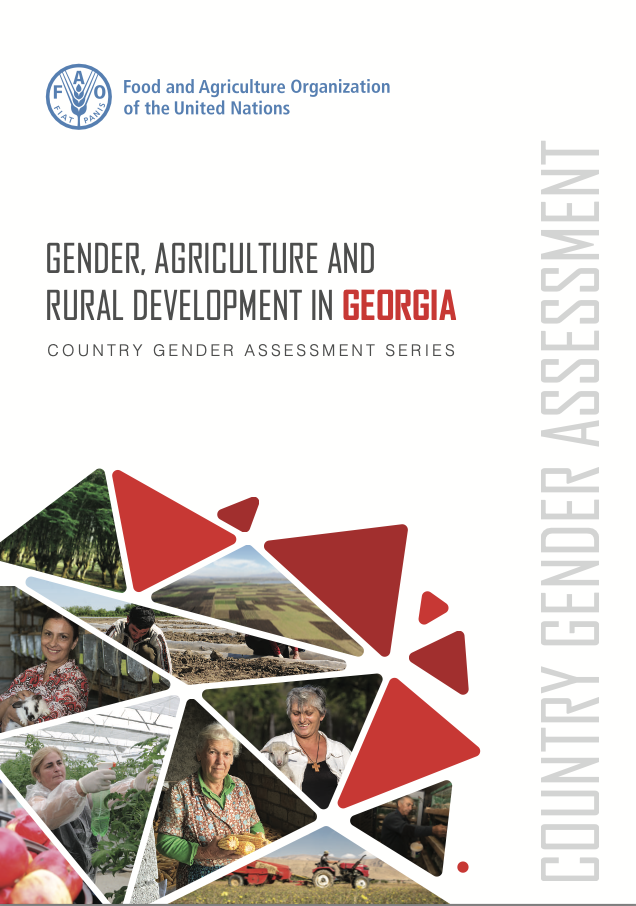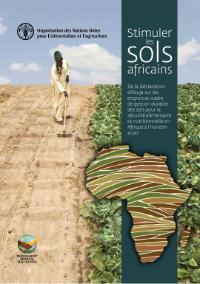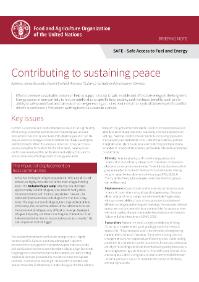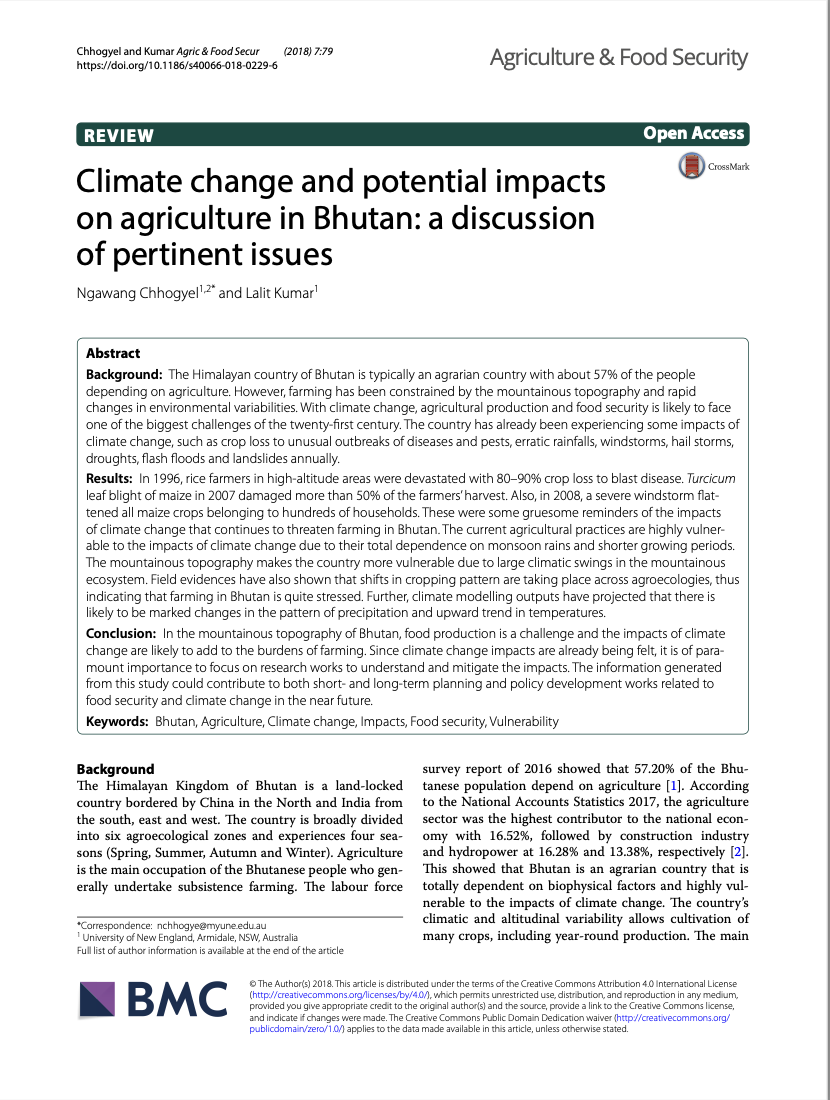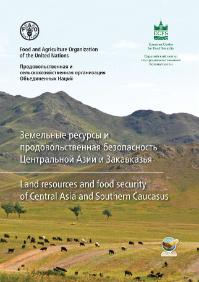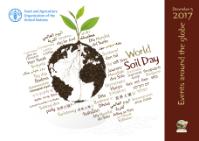Gender, agriculture and rural development in Georgia
FAO is committed to reducing gender inequalities through its interventions, and this gender assessment has been produced as part of its broader efforts to generate evidence and knowledge in compliance with its Policy on Gender Equality. This assessment highlights the challenges, gaps and practices in the area of gender and agriculture and rural development in Georgia that need to be considered by policy-makers and project managers in their decision-making and their implementation of development interventions. The main gender inequalities in Georgia are reiterated in this assessment.

